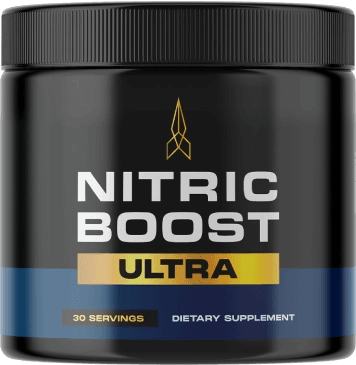Cardiovascular exercise—often called “cardio”—is one of the most popular and effective forms of physical activity for improving heart health, burning calories, and boosting overall fitness. But with so many types and myths surrounding it, many people feel confused about how to approach cardio correctly.
This guide breaks it down so you can use cardio effectively, whether your goal is weight loss, better endurance, or heart health.
❤️ What Is Cardio?
Cardio refers to any activity that raises your heart rate and keeps it elevated for an extended period. It trains your heart, lungs, and circulatory system to deliver oxygen more efficiently throughout your body.
Examples include:
- Brisk walking
- Running or jogging
- Cycling
- Swimming
- Jumping rope
- Dancing
- Rowing
- HIIT (High-Intensity Interval Training)
⚙️ How Cardio Works
When you do cardio, your body increases:
- Heart rate
- Breathing rate
- Blood flow
This increased activity strengthens the cardiovascular system, allowing your body to work more efficiently both during exercise and at rest.
🩺 Benefits of Cardio
- Improves heart and lung health
- Aids in weight loss and fat burning
- Lowers blood pressure and cholesterol
- Reduces stress, anxiety, and depression
- Enhances sleep quality and energy levels
- Boosts brain function and memory
🕒 How Much Cardio Do You Need?
According to health authorities like the American Heart Association, adults should aim for:
- 150 minutes of moderate-intensity cardio per week, or
- 75 minutes of vigorous-intensity cardio, or
- A combination of both
You can break this into 30 minutes per day, five times a week—or even smaller chunks throughout the day (e.g., 3 x 10-minute walks).
🔄 Moderate vs. Vigorous Cardio
| Intensity | Heart Rate Range (approx.) | Example Activities |
|---|---|---|
| Moderate | 50–70% of max heart rate | Brisk walking, biking, water aerobics |
| Vigorous | 70–85% of max heart rate | Running, HIIT, fast cycling, jump rope |
Tip: You should be able to talk during moderate cardio, but not sing. For vigorous cardio, speaking in full sentences becomes tough.
⚖️ Best Cardio for Weight Loss
For fat loss, cardio can help by increasing calorie burn—but consistency and total energy balance (diet) matter more.
🔥 Effective options include:
- HIIT: Short, intense bursts with rest (e.g., 30 sec sprint + 1 min walk). Efficient and time-saving.
- Steady-state cardio: Jogging or cycling at a consistent pace for 30–60 minutes.
- Walking: Low-impact, sustainable, and underrated for fat loss when done regularly.
Combine cardio with strength training and a healthy diet for best results.
💪 Combining Cardio and Strength
Yes, you can (and should) do both! Here’s how:
- Alternate days: Cardio one day, strength the next
- Same day, split sessions: Strength in the morning, cardio later
- Hybrid workouts: Use circuits or bootcamps to include both in one session
❗ Common Cardio Mistakes
- Doing only cardio and no strength: Leads to muscle loss over time
- Overtraining: Too much cardio can increase cortisol and hinder recovery
- Using cardio to “earn food”: This can create unhealthy eating patterns
- Neglecting variety: Mix it up to avoid plateaus and boredom
🏁 Final Thoughts
Cardio is essential for a healthy heart, active lifestyle, and fat loss—but it doesn’t have to mean endless treadmill sessions. Choose activities you enjoy, start at a pace you can maintain, and stay consistent. Your heart—and your mind—will thank you.




